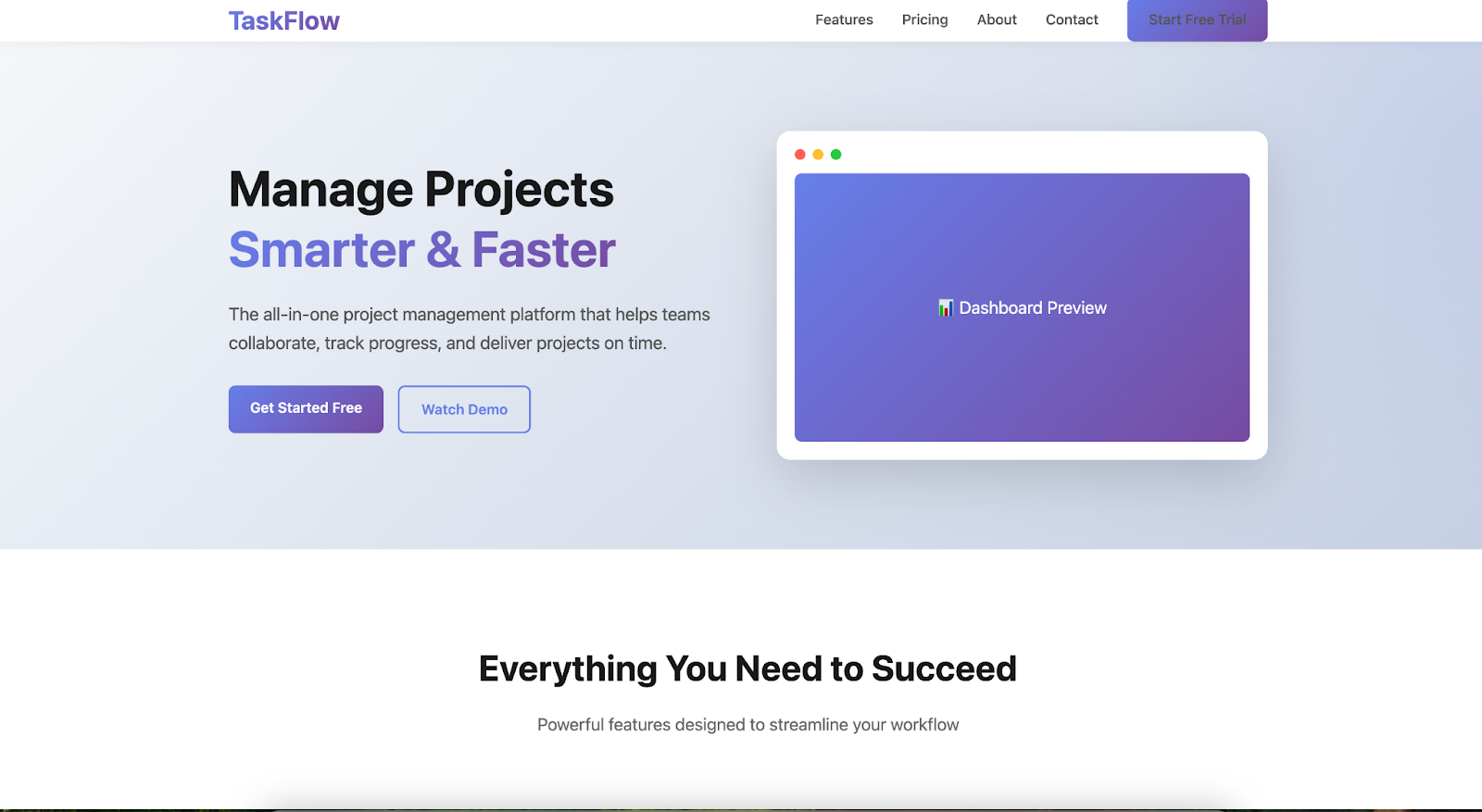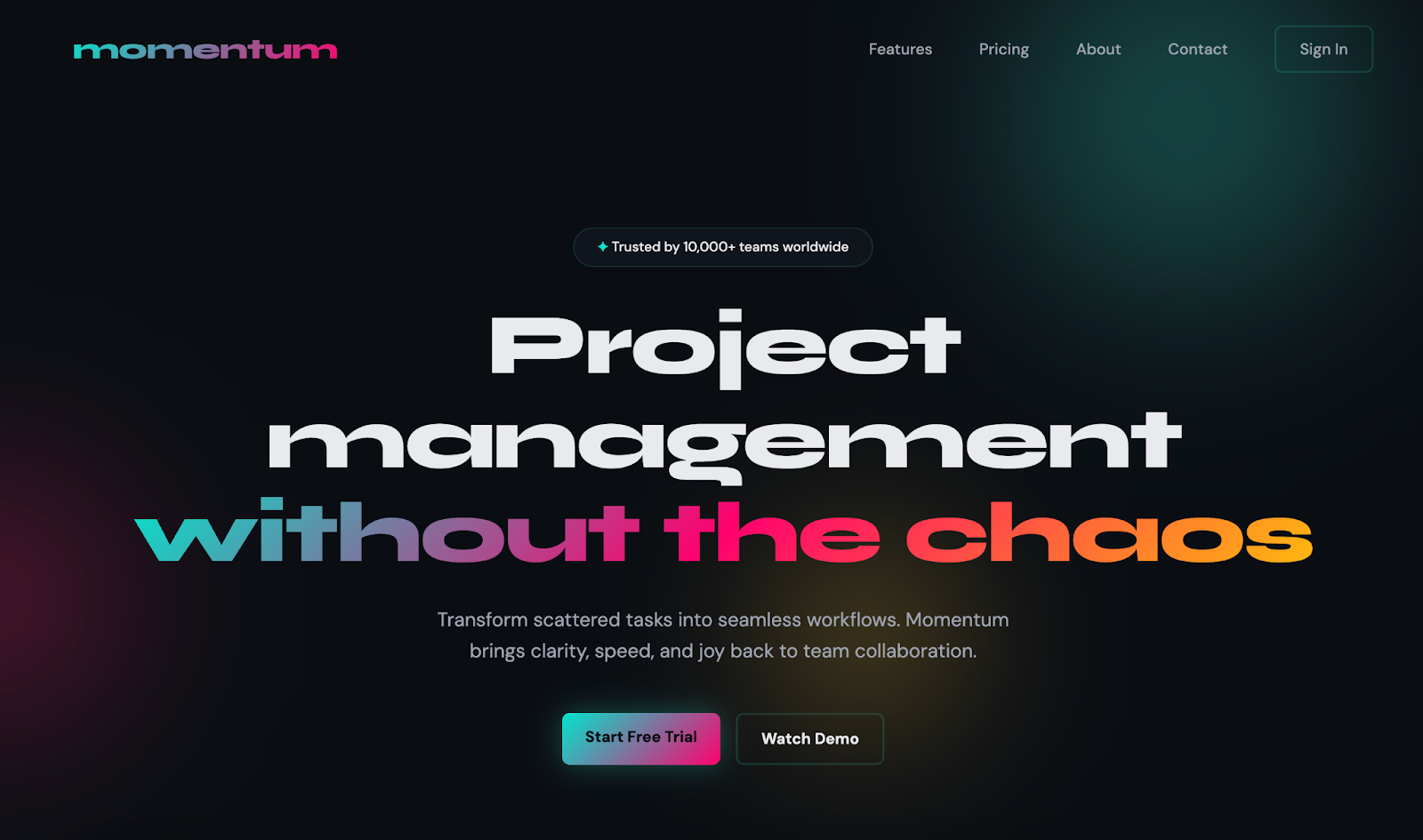AI-generated landing pages often end up with safe fonts, predictable gradients, and minimal animations. This “AI slop” aesthetic arises because language models like Claude draw from mainstream design patterns in their training data. The result is distributional convergence: a bland, generic look that can diminish brand uniqueness and user engagement.
Steerability: The Path Beyond Generic Design
Fortunately, Claude is highly steerable. With clear instructions such as avoiding overused fonts or requesting more intricate backgrounds, Claude can break out of generic ruts. However, for truly standout UI, developers must provide detailed, domain-specific guidance on elements like typography, color theory, and animation. Cramming all this into a single system prompt isn’t efficient and can weigh down unrelated interactions.
Introducing Skills: Dynamic Context for Targeted Design
Skills solve this problem. These are reusable, task-specific sets of instructions and knowledge, packaged as markdown files, that Claude loads only when needed. This dynamic approach keeps the model’s context focused and performance high. For example, a “frontend design skill” can inject specialized guidance only for UI tasks, making prompts both effective and reusable across projects.
Prompting Strategies for Better Frontend Output
The blog demonstrates how carefully constructed prompts, empowered by Skills, help Claude generate more creative and distinctive UIs. Developers can:
- Typography: Specify unique, high-quality font pairings and avoid default choices like Inter or Roboto.
- Themes: Draw on cultural or genre inspirations (such as RPG, editorial, or technical) to craft a unique aesthetic.
- Motion & Backgrounds: Request dynamic animations and layered visual effects for greater depth and visual interest.
These strategies, bundled into a general-purpose Skill, make creative, context-aware frontend design repeatable and accessible for teams.
Before and After: The Impact of Skills
Visual comparisons in the blog reveal striking improvements. Designs generated with the frontend Skill feature more expressive typography, richer backgrounds, and cohesive themes surpassing the generic outputs typical of default model behavior. The Skill’s influence helps Claude avoid pitfalls like clichéd color palettes and overused font selections, resulting in more polished, brand-aligned UIs.

Before Skills (Credit: anthropic)

After Skills (Credit: anthropic)
Modern Tooling with Skills: Beyond Single-File Artifacts
Claude’s standard output is often limited to single-file HTML/CSS/JS artifacts. Introducing a web-artifacts-builder Skill enables the use of modern frameworks like React, Tailwind CSS, and shadcn/ui, and lets Claude bundle multiple files into a single artifact. This unlocks the potential for more interactive, sophisticated apps, from whiteboards to project management tools, without overwhelming the context window.
Scaling Excellence: Custom Skills for Every Team
The broader lesson is that LLMs like Claude can deliver far more than generic design if guided correctly. Skills make it easy to encapsulate company design systems or industry-specific conventions for consistent, high-quality results. This empowers organizations to encode and scale their own design expertise across all projects and teams.
Takeaway: Unlocking Distinctive AI Frontends with Claude
Dynamic Skills allow developers to turn Claude into a design-savvy partner instead of a bland code generator. The secret is to spot default convergence, craft actionable guidance, and inject just enough domain expertise to inspire creative, consistent UIs. Anthropic’s open-source cookbooks, Skill creator, and plugins make it simple to start building better frontends with Claude today.
Source: Claude Blog - Improving frontend design through Skills

How Claude’s Skills Transform AI-Generated Frontend Design